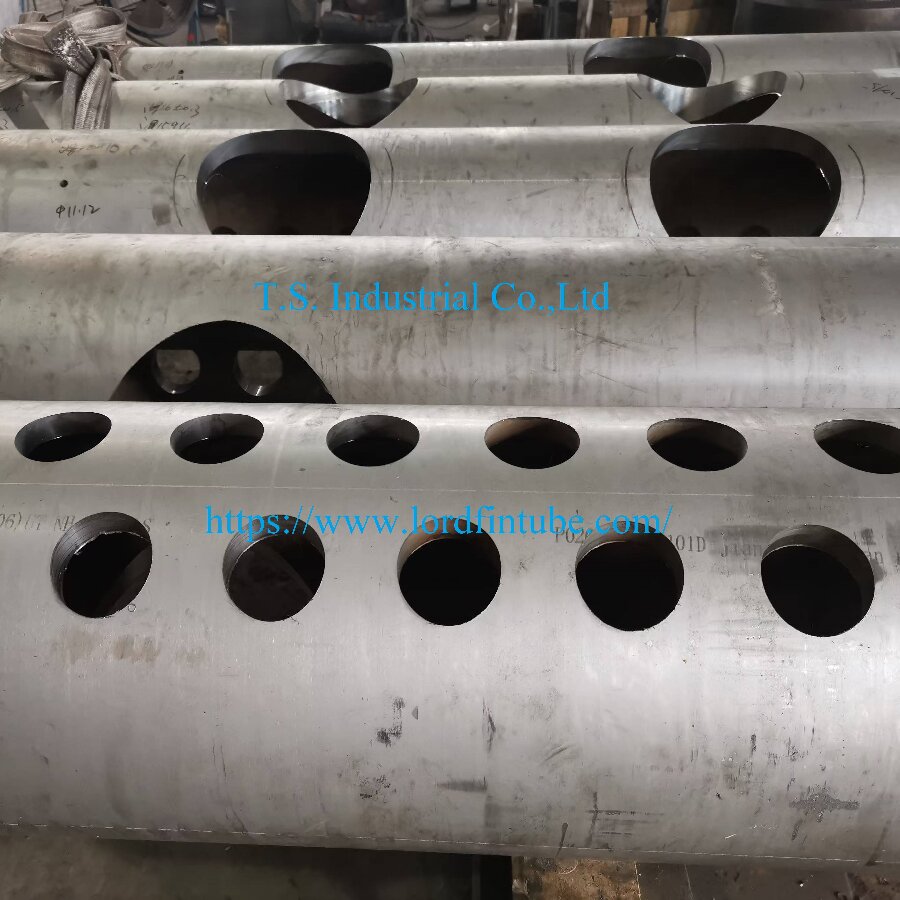Boiler Header and its Functional Openings
2025-01-18Leave a message
What is Boiler Header
The boiler header is a critical component designed for collecting steam. A boiler consists of a “boiler” that holds water to generate steam and a “furnace” that produces heat energy. To efficiently transfer heat from the furnace to the water in the boiler, sufficient heat transfer surface area is essential. To achieve this, cylindrical boilers evolved into tubular boilers, significantly increasing the heat transfer area.
In tubular boilers, water continuously circulates through the tube bundles, absorbing heat and separating steam. The steam gathers in the upper header (drum), while water flows into the lower header (drum) and is redistributed to the tubes for further heat absorption. These upper and lower collecting headers (drums) are referred to as boiler headers. They play a vital role in ensuring efficient boiler operation and heat transfer.
Openings on the Boiler Header
The openings on a boiler header are diverse in design and serve essential roles in ensuring operational efficiency and ease of maintenance. These include steam inlet nozzles, steam outlet ports, inspection manholes, and blowdown ports, each with specific purposes and design characteristics.
⇒1. Steam Inlet Nozzles
Steam inlet nozzles introduce high-temperature, high-pressure steam from the turbine into the boiler for heating.
Characteristics: The number of nozzles is determined based on load requirements, and they are equipped with high-performance steel valves to ensure sealing.
Function: They supply heat to the boiler, meeting heating demands under various operating conditions.
⇒2. Steam Outlet Ports
Steam outlet ports discharge heated steam from the boiler to turbines or other steam-consuming equipment.
Characteristics: These ports are equipped with high-temperature and high-pressure sealing materials to ensure safe steam transfer.
Maintenance: Regular inspection of the sealing performance is required to prevent steam leakage.
⇒3. Inspection Manholes
Inspection manholes facilitate routine inspection and maintenance of the boiler.
Characteristics: Located near critical components, they allow easy access to the boiler interior for maintenance operations.
Requirements: They must provide reliable sealing during operation and allow for easy opening during inspections.
⇒4. Blowdown Ports
Blowdown ports are used to periodically remove impurities and sludge from the boiler, keeping it clean.
Location: Typically positioned at the lower parts of the boiler header to enable efficient discharge of sediments.
Function: Timely blowdown improves boiler efficiency and extends equipment lifespan.
The boiler header and its openings are critical to the operation and maintenance of the boiler. Their design and upkeep directly impact the boilers heating efficiency, operational stability, and lifespan. Proper use of these openings and regular maintenance can significantly enhance boiler performance, ensuring long-term, efficient, and safe operation.


